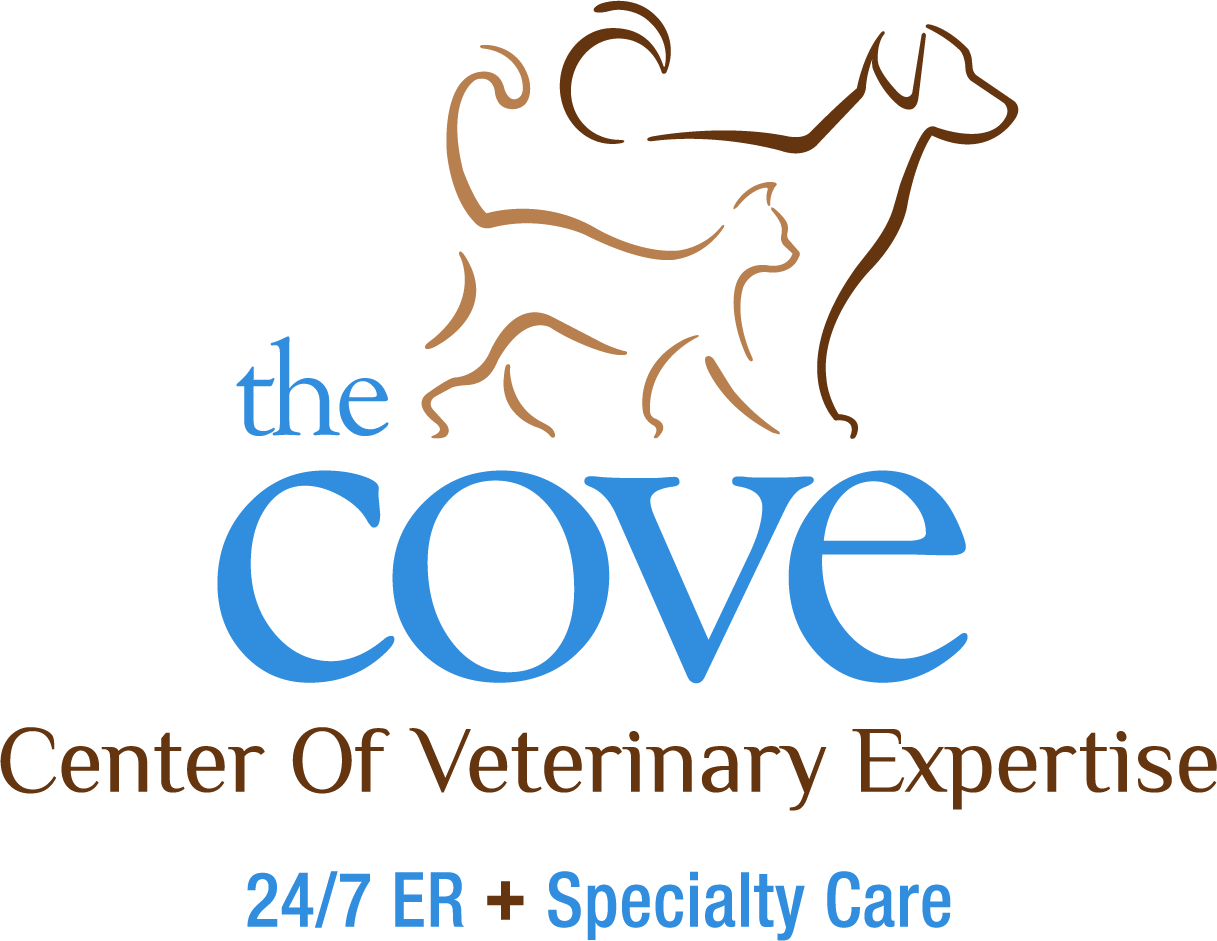When your pet is facing surgery, we know that you have lots of questions and concerns. Because we know you never want to see your beloved family member in pain, we wanted to talk a little about how we handle pain management and anesthesia. Plus, September is Animal Pain Awareness Month, so what better opportunity is there to address this topic?
Before & During Surgery
Here at The COVE, pain management for our surgical patients begins long before they ever enter the operating room. We do a significant amount of pre-planning to assess each pet and truly customize an anesthesia plan for them. Blood work helps us determine how well their bodies will metabolize the drugs that we’ll give them, which can help inform which drugs we use and how we administer them.
If, for instance, a pet has kidney or liver disease, which aid in processing anesthetic drugs, we will know we have to adjust their medication because it might hit them harder than a pet with normally functioning organs. We take into account any medications pets are on as well as their health history, so we can help lower any risk of unwanted drug interactions.
We also take into account the type of procedure and the body systems we’re working on in pre-planning. For example, if we’re working on something to do with a pet’s throat, we want to make sure we numb that area without interfering with their ability to breathe. Sometimes a nerve block is the right answer, and generally they have become the gold standard when it comes to totally numbing an area for surgery. But for that throat surgery patient, we may choose a strong injectable pain medication or continuous IV that we can adjust throughout the procedure as needed.
Throughout every procedure, our highly trained team members monitor your pet continuously to ensure that adjustments can be made as necessary.
After Surgery
Once your pet is out of surgery, we continue to observe them closely so we can manage their pain as they come out of anesthesia. While in the hospital, we generally start with intravenous and injectable pain medication, and then we slowly transition to oral medication, which is what your pet will take at home. That way, by the time your pet is ready to go home, their pain will be controllable with the pills we send home with you.
What About Older Pets?
Another question we hear has to do with senior dogs and cats: “Will my older pet be able to handle the anesthesia?” To that we say, Age is not a disease. As with all of our pet patients, we always screen seniors to make sure their organs can handle anesthesia. The anesthesia is not damaging on its own, so if your 10-year-old dog has healthy organ function and their lab work looks good, they should be fine. If they do have some level of organ dysfunction, there are things we can do anesthetically to make sure we accommodate for them. If your pet is older and a surgical procedure is recommended to improve their health and quality of life, we urge you not to use anesthesia as the deciding factor in determining whether to move forward with a procedure.
Personalized Pain Management at The COVE
If you have questions about our approach to pain management or surgery, including questions specific to your pet, you can always call us at (757) 935-9111.
About Us
The COVE’s veterinarians and staff wholeheartedly embrace the core values of community, collaboration, commitment, compassion, and integrity. This focus ensures that pets, the people who love them, and their primary care veterinarians have as positive and affirming a healthcare experience as possible, regardless of the circumstances that bring us all together.
